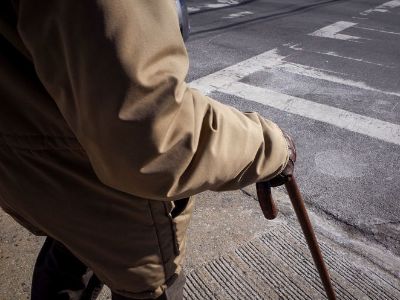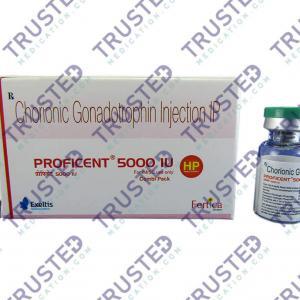
Parkinsons Disease is a nervous system disorder that is very progressive. It affects the movements and balance of a person. Parkinson’s disease generally starts with a noticeable tremor in one hand. Tremors are typical and the condition may also cause muscle stiffness and slowing of movements.
Both men and women can have Parkinson’s disease but it affects men the most than women. Parkinson’s disease occurs when the nerve cell in the area of the brain becomes impaired. It affects movements. People with Parkinsons disease also lose nerve endings that serve as a chemical messenger in the sympathetic nervous system.

What are the Symptoms of Parkinson’s Disease?
- A tremor in the legs and arms
- A tremor in the jaw, head, and hands
- Stiffness of the limbs and trunk
- Slowness of movements
- Impaired coordination and balance
- Frequent falls due to problems in balancing
- Depression
- Mood changes
- Difficulty swallowing
- Chewing and speaking problems
- Urinary problems
- Skin problems
- Constipation
- Sleep disruptions
The symptoms often start on one side of the body or limb. As it progresses, it can affect both sides and shows adverse symptoms.

The Stages of Parkinson’s Disease
- Early-stage. The symptoms are mild and slow. It does not affect your daily productivity.
- Mid-stage. The symptoms get worse and it affects your movements and balancing problems.
- Mid-late stage. It causes difficulties in walking and standing.
- Advanced stage. You cannot walk or get up. The advanced stage of Parkinsons disease requires full-time care.
What are the Causes of Parkinson’s Disease?
- Family history. Genetic mutations and a family history of Parkinson’s disease can increase your risk of the condition.
- Environmental trigger. Toxins and exposure to chemicals can increase your risk of the condition.
- The presence of Lewy bodies. Clumps of specific substances within the brain cell are typical causes of Parkinson’s disease.
What are the Risk Factors of Parkinson’s Disease?
- Age. Parkinson’s disease typically begins in middle or late age. People usually develop symptoms around ag 60 years old.
- Heredity. A family history of Parkinsons disease increases your risk of the disease.
- Gender. Parkinson’s disease is more typical in men than women.
- Exposure to toxins. Pesticides and herbicides can increase your risk of developing Parkinson’s disease.
How to Diagnose Parkinson’s Disease?
- Genetic testing. It identifies genes that link to Parkinson’s disease in family history.
- DaTscan. It is an imaging test that determines the level of dopamine in the brain.
- CT scan. It reveals damaged blood vessels and determines vascular Parkinson’s disease.
- Blood tests. It identifies proteins that indicate symptoms of Parkinson’s disease or corticobasal degeneration.
Treatment for Parkinson’s Disease
Your doctor may recommend antiparkinsons medications. It manages the symptoms and prevents the severity of the future attack.







